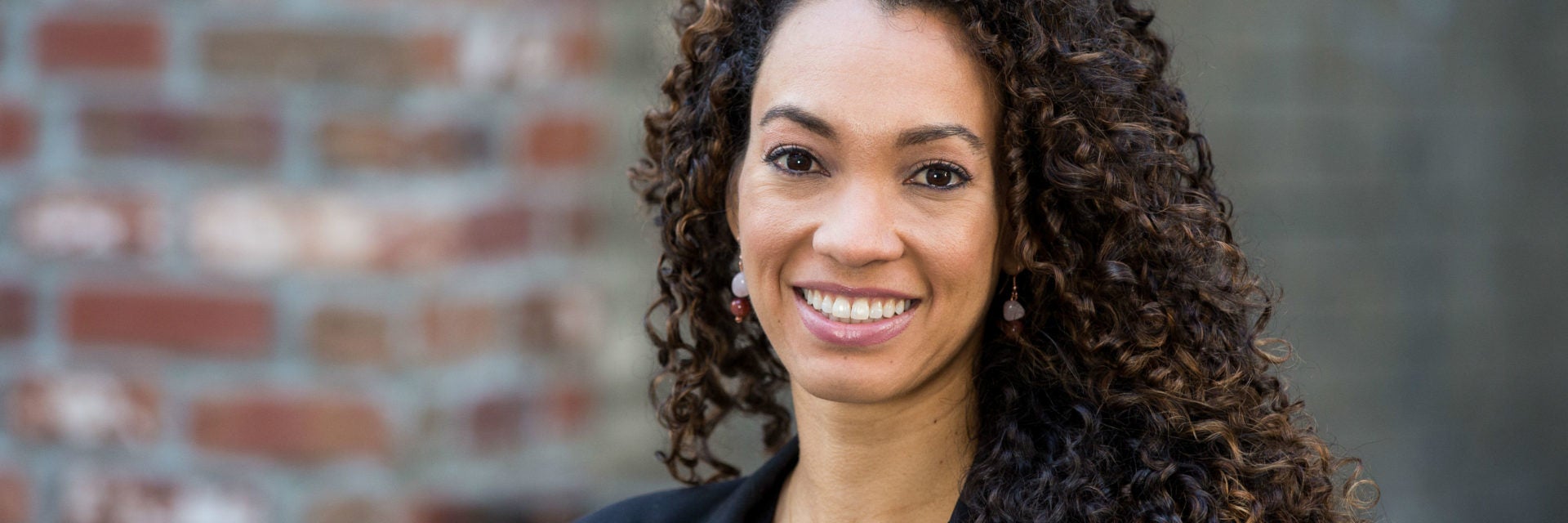Gina Clayton-Johnson knows all too well the feeling of isolation that can overwhelm a person when they have a loved one incarcerated. She experienced it herself during her first year in law school, when someone dear to her was sentenced to 20 years in prison.
Though she was surrounded by professors who had direct lines to judges, Clayton-Johnson described feeling totally alone.
It was only later, while working in a public defender’s office after law school, and while building her housing legal practice, that she realized how widespread the issue was—and still is.
“It was in the course of that work that I began to meet many, many women who had loved ones who had served time, but who were still entangled in the system and still fighting cases. Some of them were coming home, while some had time left,” Clayton-Johnson said. “And watching what women, particularly Black women, were doing in the face of all this…I think it broke my heart.”
“But,” she continued, “it also created this question in me, of like what could be possible if women weren’t fighting each one of these circumstances alone? What if we found each other and stood up and built a real advocacy force?”
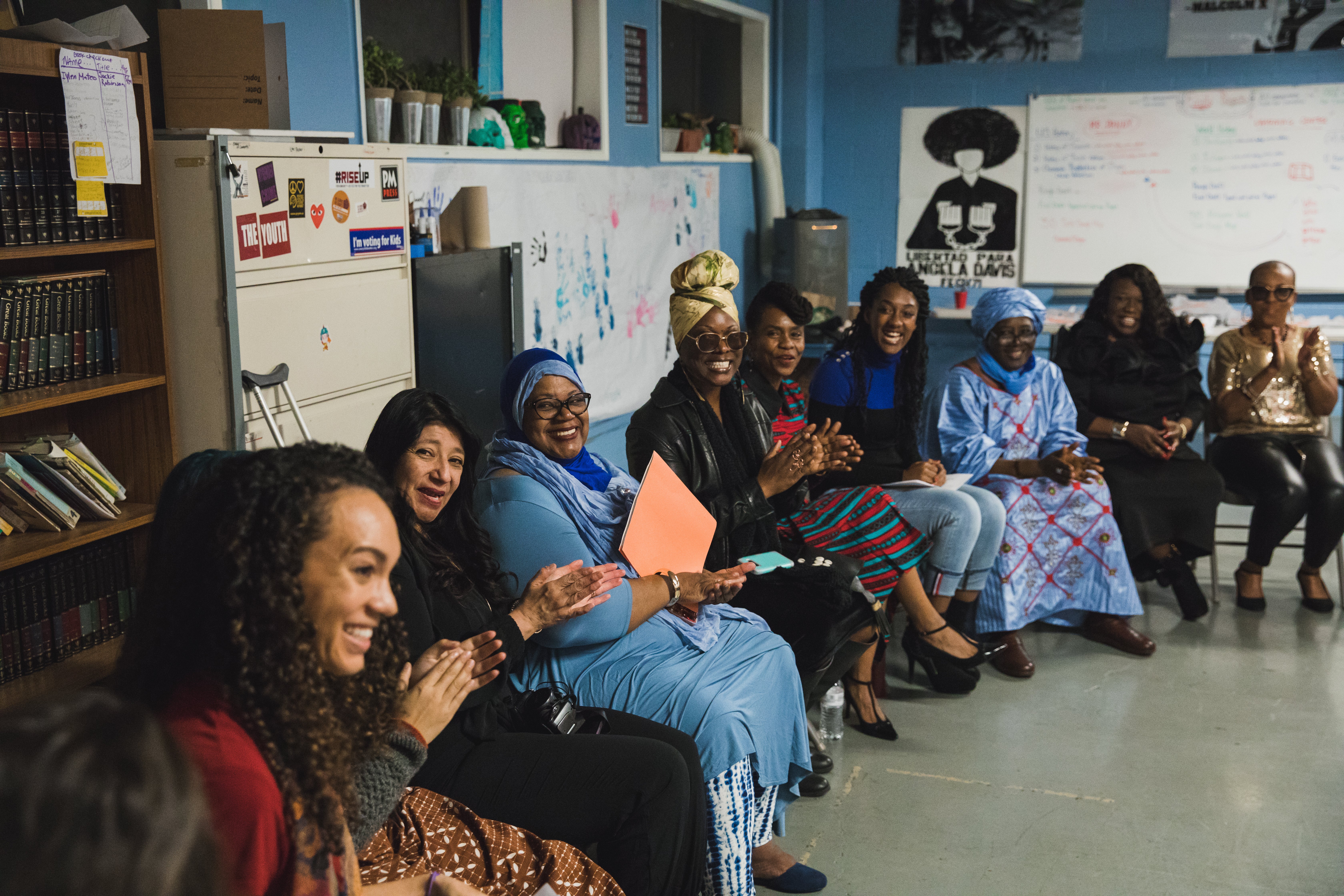
The Essie Justice Group was formed out of these thoughts in May 2014. Through the non-profit’s Healing to Advocacy program, the organization focuses on helping break that cycle of isolation among women with incarcerated loves ones. In these nine-week, three hour weekly sessions, the women move through a journey of collective healing as they share resources to offer support to families during a crisis. They also work to give women the tools to become leaders and advocates to change the current criminal justice system.
“The work that we do now, we talk about breaking isolation all the time. Because of our analysis, our realization, our understanding of the criminal legal system, we know mass incarceration has isolated millions of people, but particularly women. And the impact that isolation has is one that is political, it has an impact on organizing, it has an impact on mental and physical health,” Clayton-Johnson said.
In order to help secure women’s leadership on the issue of mass incarceration, Essie works to remove the barriers that can sometimes prevent this from happening—such as transportation, child care, and food support.
“We provide those things because we know that a huge part of ensuring we can get together, we can collectively heal, we can build solutions and strategies to change our communities and these systems that are oppressing ourselves and our families, requires that we also do something around the immediate needs that people are facing,” Clayton-Johnson explained.
From there, it moves on to actual action, storytelling campaigns or advocacy campaigns.
Some of the biggest advocacy work Essie Justice Group has done is work around helping people bail out of jail, which builds on a bigger goal of working towards the end of the money bail system.
“When you look at the number of people who are in jail, inside immigration detention centers, we’re looking at one in two Black women [who have] a family member incarcerated, and that is an incredibly high amount of folks,” she said. “This is a power, we are uniquely positioned to be powerful advocates for change. And not just because of our numbers, but also because of our experience in the system. We are the ones who are paying bail bonds agents, we are the ones at court, we’re co-piloting the reentry process when someone comes home. We’re taking care of kids, we’re driving…our children and loved ones up to far away prisons. We are paying for commissary bills and phones calls. These are all things women are doing.”
Essie Justice Group is in its third year working on a collective bailout action alongside the National Bailout. Just earlier this week they made a concentrated push to bail out Black mothers for Mother’s Day.
“Right now, the US is one of two countries that has a for-profit bail system in the way that we have it. We are complete outliers in the world. And I think a practice of caging people simply because they don’t have enough money to get out, but allowing someone who has the bail money to free themselves from that same cage flies so far outside what is considered the global norm,” she said.
Another issue Clayton-Johnson highlighted was the fact that there is no continuity in the bail system. In California, she emphasized, bail amounts are 10 times the national average. From there, having a private industry making money off of people in incredibly desperate situations lead to undesirable outcomes she notes.
“A person will go into debt or set up all kinds of indebted kind of relationships within families or make other kinds of desperate decisions in order to kind of raise the money… so they can give that over to the bail bond’s agent. Signing over collateral and so forth,” she pointed out. “And even if that case gets dismissed because they picked up the wrong person, whatever, you’ll never get that [money] back. So that’s just lost. And primarily it is women who are paying that money. That is the reason why Essie Justice Group sees bail as a race issue and a gender issue.”
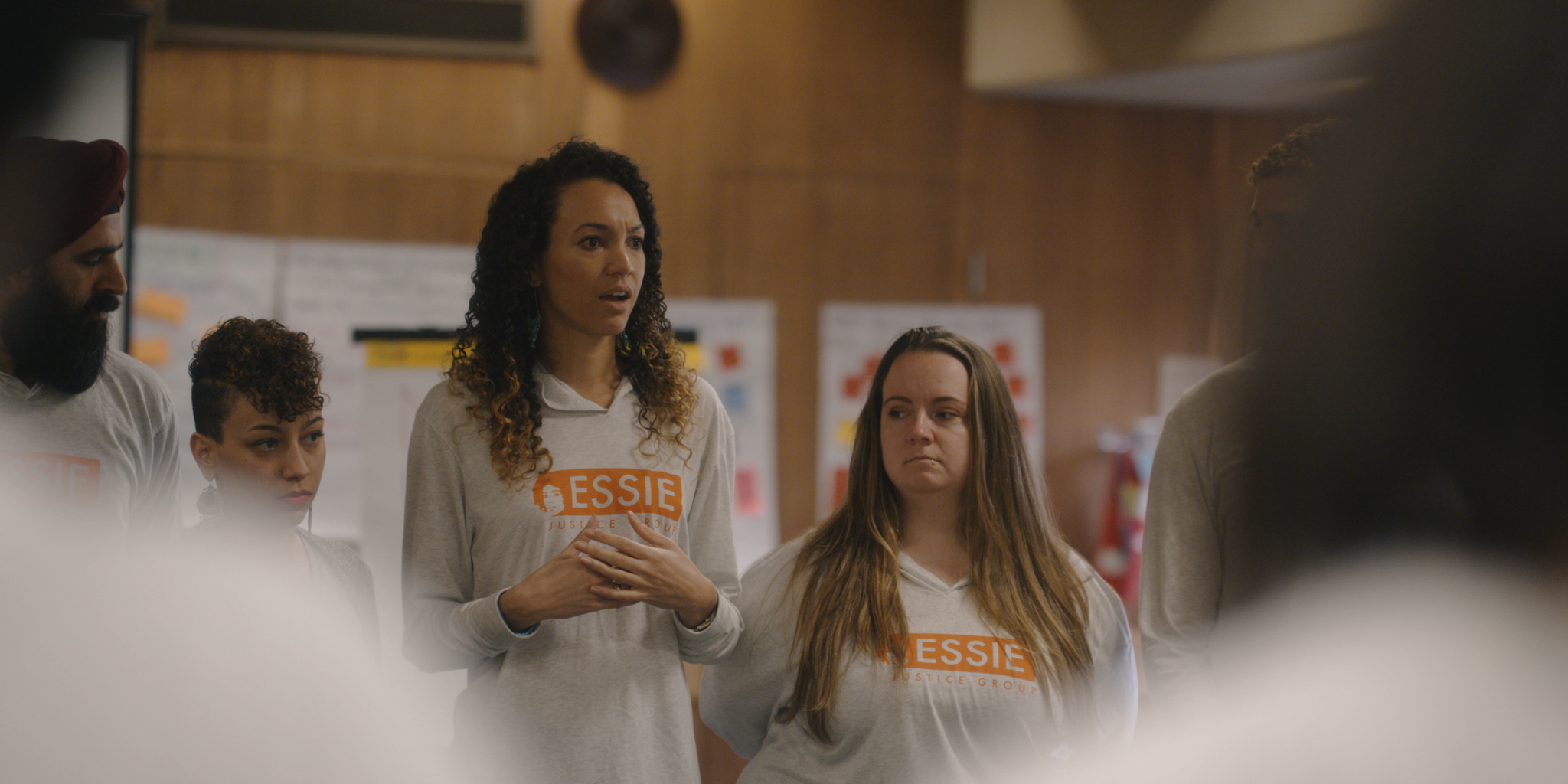
“The bail industry has a very, very targeted focus on Black women and our resources as the primary way in which they can earn their profits,” she added. “Because we know that it is Black women who are sustaining so much of the economic stability of the household, who are generating and kind of pulling together resources to bail out loved ones.”
The other scenario is that the person doesn’t have any resources to pull together, in which case they may end up signing a deal with the district attorney just to get back home with their families.
“People who are innocent are taking guilty pleas all of the time just to get out of jail because they’re so desperate to ensure that entire lives don’t become completely destabilized as a result of this arrest and incarceration,” Clayton-Johnson said.
The Essie Justice Group is a recipient of a Fall 2018 grant from the Art for Justice Fund for its work in keeping people out of jail and prison. Clayton-Johnson explains that the grant will help Essie expand its model so that one day its resources will be no more than 30 minutes away from every woman with an incarcerated loved one in this country.
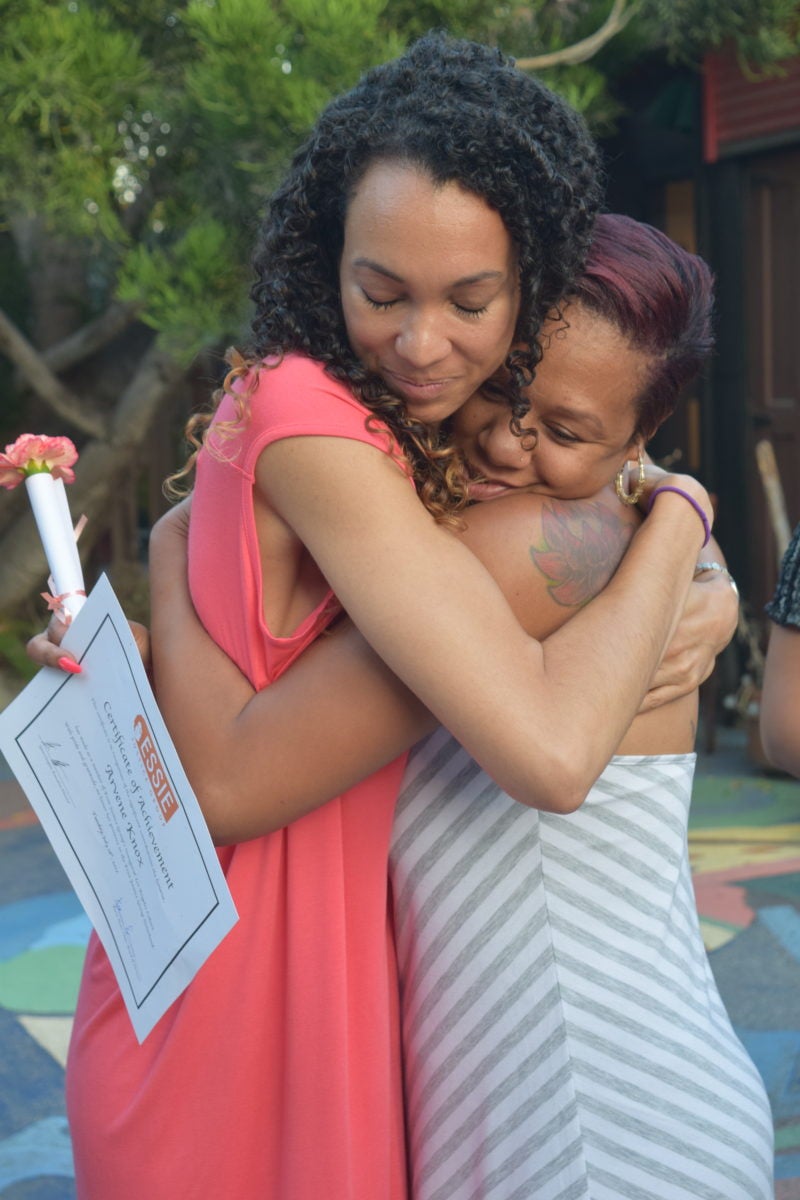
“[Think] about the level of saturation that looks like AA, and access to community-assisted support and healing, but for women and folks who are impacted by incarceration. That’s really what we’re going to need as we de-carcerate,” she said. “As we win these policy battles, we have to be acquainted with the reality that we are left with years of intergenerational trauma that these racist and patriarchal policies have caused. So that is what Essie is really excited to think about and not just the Art for Justice grant support, but the community of brilliant innovators who are really on the edge of the field. A group that is incredibly exciting to be in as we kind of cross-pollinate ideas and set forth on bringing that big change.
Essie’s model of reaching out right now builds on the idea of breaking isolation. Organizers actually go inside jails and prisons and solicit letters from people incarcerated, asking them to tell them about the women on the outside who are helping them and loving them. These beautiful love letters, Clayton-Johnson says, are love letters that are testimonies of these women’s leadership and love.
An organizer from Essie will then pick up the phone and actually call the woman mentioned in the letter, letting her know she’s not alone, and reading the contents of the letter from her loved one to her. Those conversations never end without an invitation into Essie Justice Group.
“It’s not saying there’s a court that told us you were broken and down and out and need some help. It’s not we found out you were hurting and sad and needed us,” Clayton-Johnson explained. “It’s saying we need you because we understand you’re in an incredible position to be an advocate for change that we all need.”
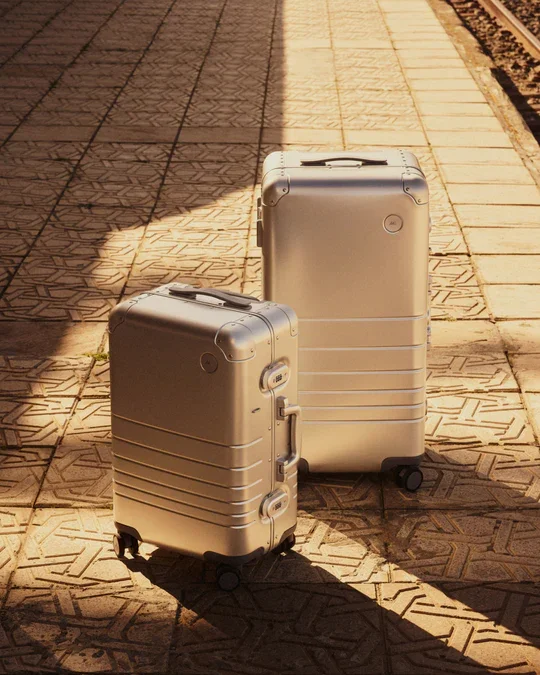
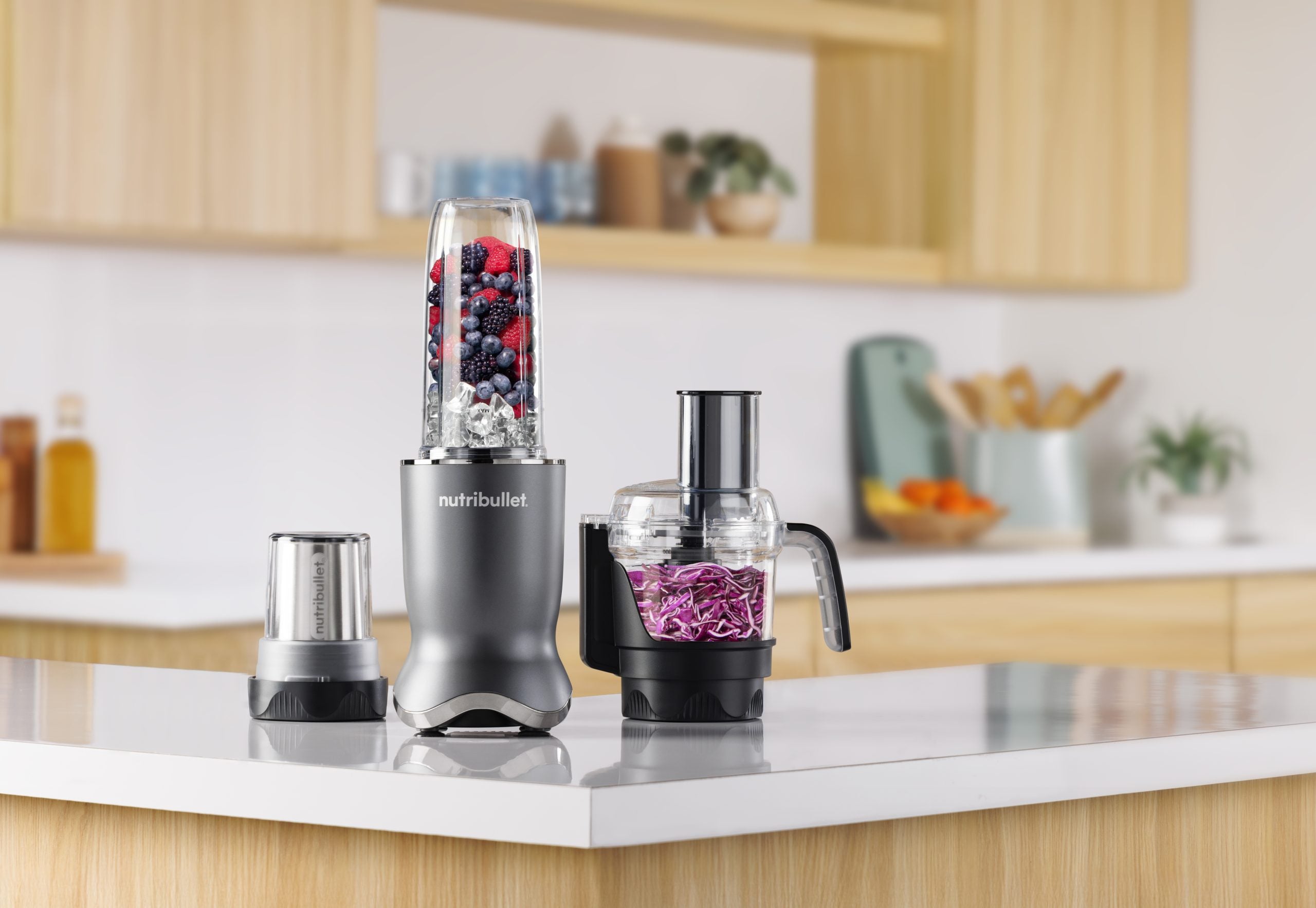




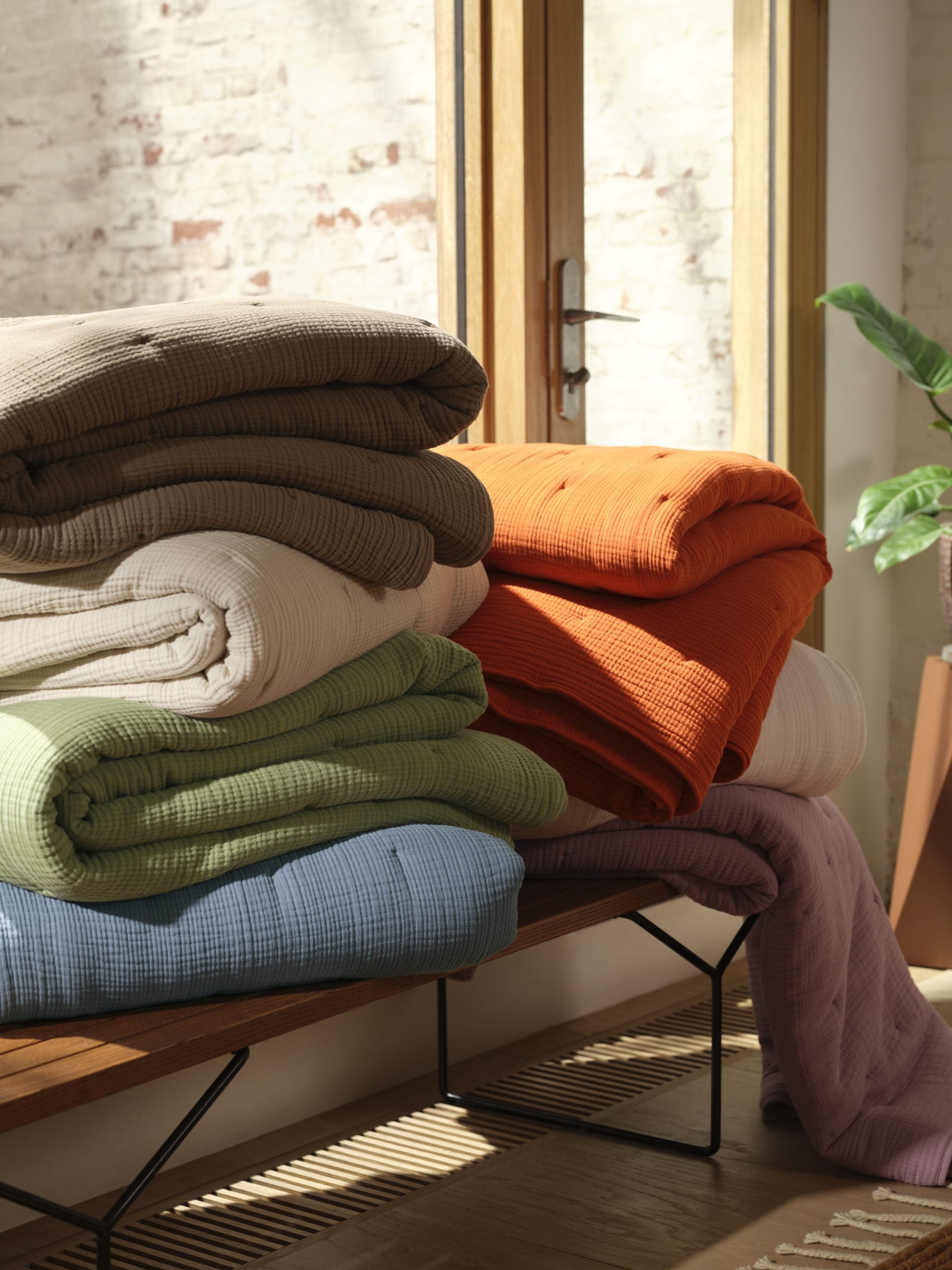
Nominations can also be done online, Clayton-Johnson said, if someone knows someone who has experienced losing a loved one to the system, or even if they just want to nominate themselves.
The organization has become so invested in the effects of mass incarceration that they have conducted an analysis and published a report – in which women in their membership surveyed women outside of jails and prisons and on visitation buses, alongside online surveys, to pull together the stats.
“The point of incarceration is to separate people by distance and stigma and concrete and bars,” Clayton-Johnson said. “This leads to a crisis in women’s health. A crisis that really needs significant attention because of the deadly impacts that isolation is causing.”
